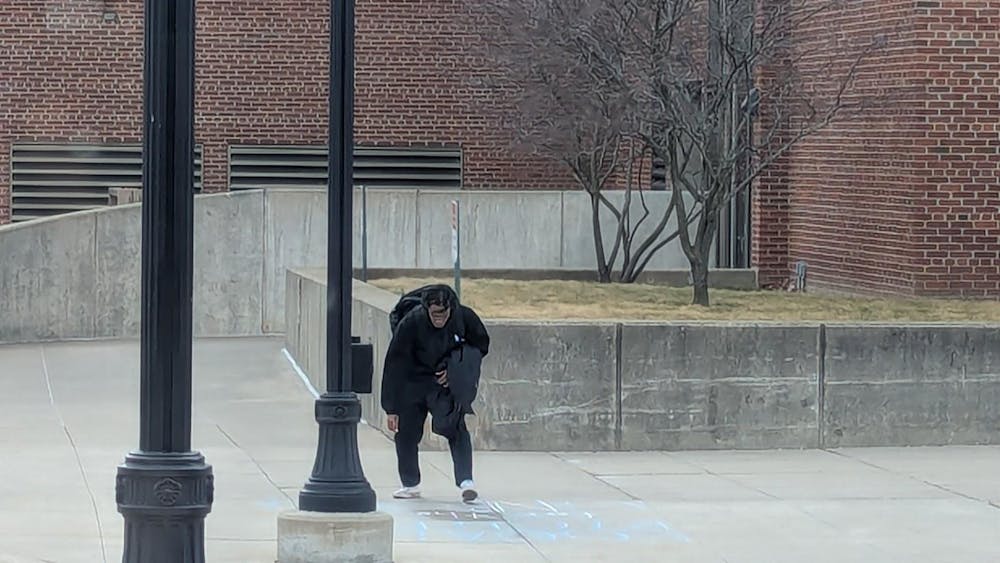The Women’s Resource Center held a discussion titled “Black Panther and Black Women,” on the portrayal of black women in modern day media.
The event was held at The Intersections in the Student Center on Wednesday, March 14 with 14 people in attendance. The discussion centered on how the media has shown women of color in the past and how the new movie “Black Panther” challenged those images.
To kick off the event, the staff members from the Women’s Resource Center introduced themselves and what they did for the resource center. Joi Rencher, coordinator, Micaela Stevenson, women’s health programmer and Sanyu Lukwago, major events programmer, all spoke throughout the event, touching on topics such as historical images, colorism, and how “Black Panther” has challenged the images set in the past.
Rencher first asked how attendees had seen women of color portrayed in movies and TV, and if those experiences with the images were positive or negative. The crowd mentioned shows and movies like “How to Get Away with Murder,” “The Vampire Diaries,” “Catwoman” with Halle Berry, the animated movie “Home” and “Selma.” By the end of this part of the discussion, there were quite a few on both the positive and negative sides of the list.
Following this list, the discussion moved to historical images that sort of have set the stereotypes for these newer media images.
“The cultural representations are a way that dominant groups really put us into, as black women or minority groups in general, into categories,” Rencher said as she switched the slide of the presentation to three very different ways that black women have been portrayed before.
“This is who we are supposed to be, like very calm and wanting to do our jobs or be in servitude and wanting to serve others,” Rencher said as the first image of “Mammy” appeared.
“Sapphire” brought up the thoughts of the “angry black woman.” She was portrayed as the loud, boisterous one. “Sapphire” came out during the Jim Crow era.
Rencher clicked to the next screen and the final image of how black women have been portrayed in history appeared.
“And then finally we kind of get thrown into this category of the ‘Jezebel.’ This image also came out through slavery and was just an excuse that white slave owners used to tell their wives…’they’re promiscuous, they’re drawing me in, I can’t control myself.’ This is how black women inherently are: we’re sexualized,” said Rencher.
The conversation moved on to media colorism and how these historical images have impacted that.
“This has an impact on who is represented in media, and when we do see black people in media who shows up…and also it shows up a lot in who’s considered to be beautiful,” Stevenson said in terms of media colorism and history.
Stevenson also touched on how some shows would actually change actresses to one with lighter skin, such as in “The Fresh Prince of Bel-Air” and “My Wife and Kids.”
Lukwago then once again switched the conversation to the movie “Black Panther” and how it challenged these ideas of colorism and historical stereotypes.
“…just her power and her confidence and everything…it [the scene in “Black Panther”] just made me feel so strong, it was just so powerful,” Rencher said as the conversation turned towards talking about how the women in “Black Panther” were portrayed as these strong, leading, powerful characters.
This event allowed a group to come together and have conversation about something serious, in a fun environment and while also discussing a popular movie.








